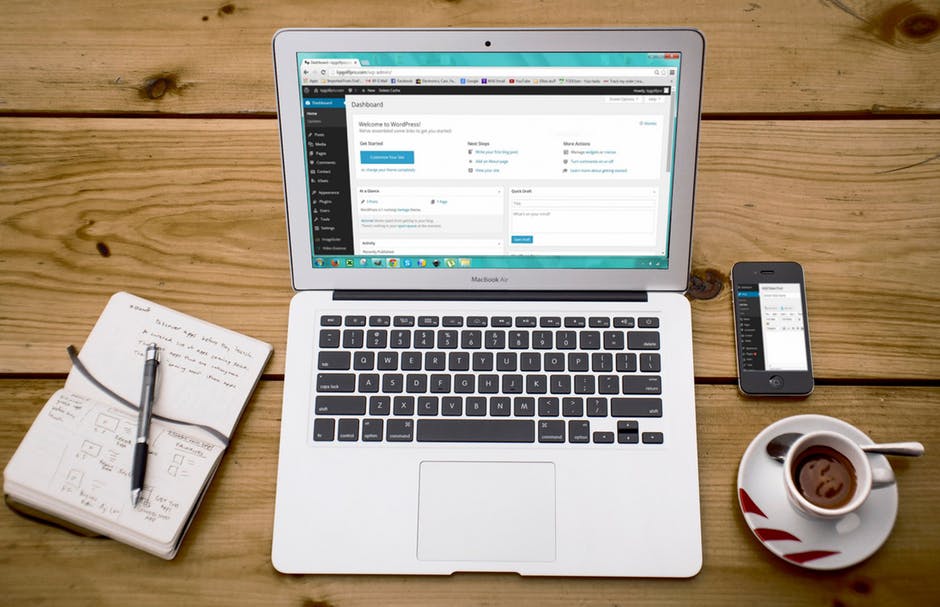
Creating a blog can help you build authority and trust with your current and potential customers. A blog is an easy, inexpensive way to share information about your business and build relationships. Whether you already have one or are just getting started, read on for some tips that will help.
Step One: What Is Your Goal(s) for Your Blog?
Before you start clicking away and posting content, think about what you want to accomplish with your blog. Ask yourself:
- Who do I want to read my blog?
- What benefit will my readers get by reading my blog?
- Am I blogging to share my organization’s expertise and build authority?
- Am I blogging to share information for free to build trust?
- Am I blogging to promote new products / services?
- What would I want to learn from my company if I were a potential customer?
- How will my blog be different than the countless other blogs in my industry?
If you’re not sure, do a little research and check out what your competitors are doing with blogs. This may give you an idea of how to differentiate yours from theirs. Can you offer better advice, write with more creativity, use more interesting images, announce sales and promotions, offer a free product or service, etc.?
Once you have a clearer understanding of who you’re writing for and what you’re hoping to accomplish, start thinking about topics that will be of interest to your desired audience.
Step Two: Which Platform (CMS) To Use?
You’ll need a content management system to manage your blog’s content. A CMS is basically a platform which gives you the tools you need to add, revise and publish your blog’s content – without having to know how to write code. You have a choice between hosted and self-hosted.
Without getting too detailed, it’s better to choose a self-hosted platform because you have more control over your blog’s domain name (URL), which means it’s easier for visitors and search engines to find. You will also own all of the content and have control over any ads displayed on your site. Click to read more about hosted vs. self-hosted CMS.
You can get a blog up and running right away by using a free hosted platform such as Blogger (owned by Google), but you lose a lot of control over your content and which ads are displayed, as well as limited customization options. Blogger is geared more toward individuals, not for professional / business blogging.
Consider WordPress
WordPress is by far the most widely used CMS, and for good reason. It offers an enormous selection of themes and plugins, it’s easy to use and it provides good support. It’s free to create your blog in WordPress and let WordPress host it.
However, a better bet is to use WordPress to create and manage your blog, but pay for a web hosting site and a domain name. Hosting and paying for a personal domain name that you get to choose is pretty affordable, averaging only $5-$10 per month.
Domain.com and iPage.com both offer a hosting service that is compatible with WordPress, making it easy to update your blog content.
If you’ve been blogging on a hosted site such as Blogger and aren’t receiving much traffic, consider investing in a domain name and hosting, and then using WordPress to create a new blog.
Step 3: How Do I Purchase a Domain?
A domain is simply your website’s address or URL. Buying a domain is easy and affordable, on average costing $10 per year. When considering a domain name, make sure it’s easy to spell and to remember. While it might be tempting to use your name, reconsider unless you’re famous.
Try to incorporate a keyword into your domain name such as what you do or where you are geographically located. For example, suppose you own a real estate company called Willow Tree Reality. Instead of choosing WillowTree.com for your domain name, choose WillowTreeReality.com.
Some popular domain purchasing sites include iPage.com and Domain.com.
If you already have a domain name, make sure you actually own it. Click to read more about why you should own your own domain name.
Step 4: How Do I Create the Blog?
Once you’ve installed WordPress (your hosting service should provide instructions), you can began creating your blog site. First, you’ll choose a theme, which determines colors, fonts, layout, etc. While there are hundreds of free themes available, consider purchasing a theme. Purchased themes tend to be better designed, have better functionality and are updated more frequently.
Don’t spend too much time trying to add a bunch of graphics and sidebars – simpler is better, especially if you’re just getting started. You can upload a logo or images, just be careful to only use work that is not protected by copyright or you may find yourself facing a lawsuit. For more information on finding safe images for your site, click here.
Step 5: Start Writing and Posting
Consider jotting down a list of topics you think you might want to blog about and then arrange them in an order that makes the most sense. For example, you might start out with a more general topic, and then follow that post up with a post or two that go into more detail about the general topic.
You can store drafts in your CMS as ideas come to you, then go back and revise and post them. The primary thing to remember is to post something new often – a general rule of thumb is at least once or twice per week.
Contact us today if you’d like help starting your blog!
Image Attribution

